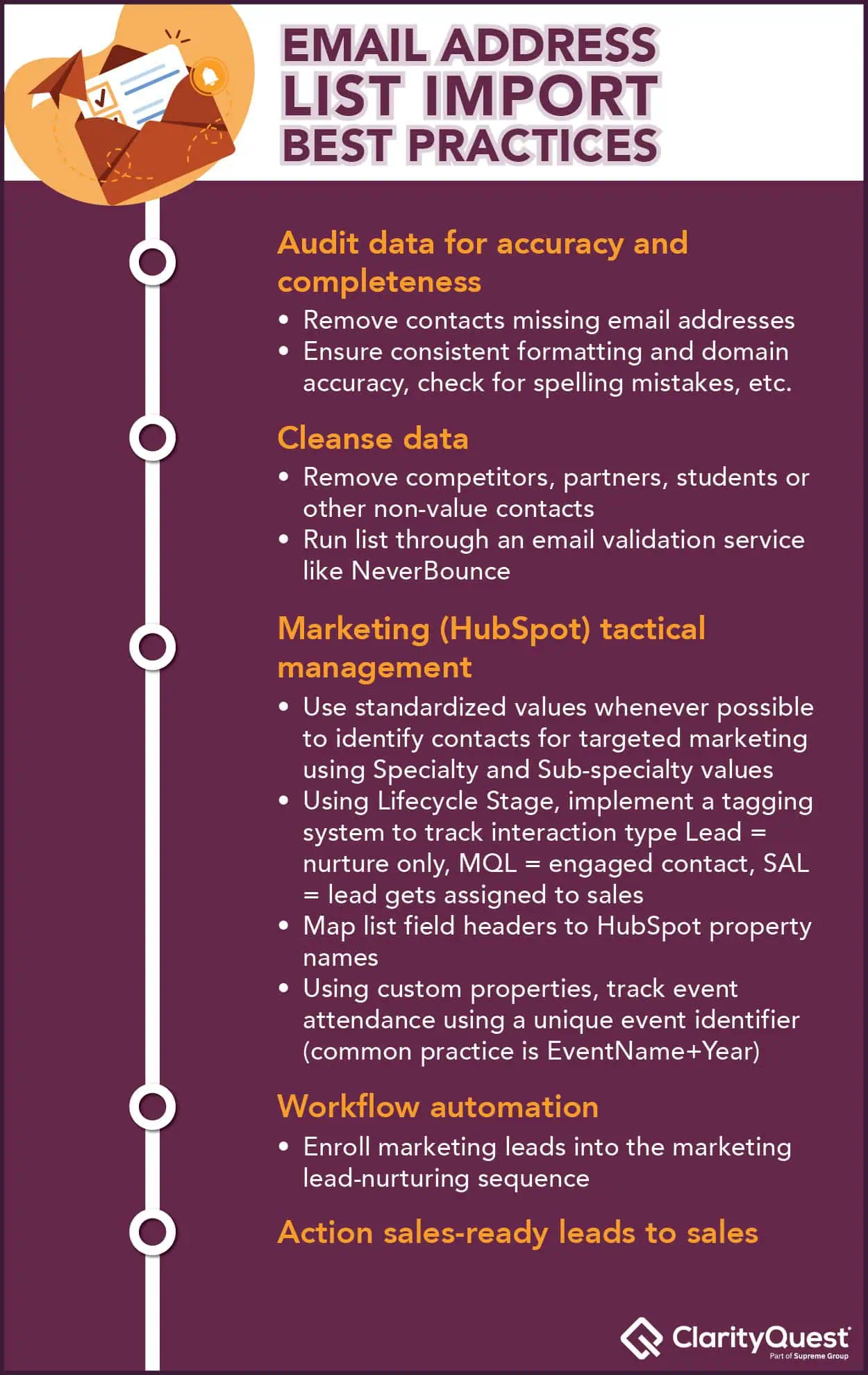Conference season is upon us. We marketers are all too familiar with the mountain of effort and cost organizations put into ensuring a smooth and successful event.
Whether you are attending as a guest, booth host or speaker, often the goals remain the same: networking, brand awareness and lead generation.
But once the excitement dies down and the event wraps up, what do you do with all your networking contacts and booth visitor information? How do you ensure measurable sales efforts and event ROI, all while staying compliant?
Email marketing compliance
Whether you are emailing one-to-one or sending out bulk marketing emails, ensuring you meet the regulatory compliance standards governing your recipients’ mailboxes is essential.
Using the GDPR guidelines often ensures your organization remains compliant while effectively managing marketing communications post-event, though you should always remain educated on your audience’s regional compliance regulations.
Understanding the nuances of list importation and communication is conducive to legal compliance, optimal engagement, and email health — meaning your emails will have a higher chance of getting in front of your readers, allowing you to continue building your business relationship with more prospects.
Different lists, different rules
There are often two different types of lists to consider post-event: those you receive from event organizers, aka event attendee registration lists, and those you collect manually at your booth over networking conversations or prospects attending your speaking engagement or sales efforts.
You will want to consider how you import these contacts into your CRM and, further, what method of communication to use based on their source.
Let’s explore the intricacies of each list and recommended solutions for optimal compliance and outcome.
1. Event Attendee Registration List
Issue: Importing event attendee lists without documented third-party email consent can lead to marketing communication non-compliance, increased spam reports and negative impacts on overall email deliverability, which complicate your future marketing efforts.
Recommendation: Sales teams should evaluate these lists and initiate direct follow-up communications with prospects. This warmup
communication can offer potential prospects or leads the option to subscribe to newsletters, blogs or other communications, thereby gaining explicit consent for future marketing efforts.
2. Sales Generated Leads from Events
Issue: When a prospect or lead communicates with your team, this often is an assumed verbal consent with the understanding and acceptance of follow-up communication. This is considered implied consent, which is generally acceptable under most compliance guidelines for initial communications.
Recommendation: Document the necessary demographics and details provided by the contact at the event. Add these contacts to your database with their implied consent to minimize risks such as spam reports and hard bounces, thus preserving email deliverability.
An important note on opt-outs: With all the buzz on email compliance in the news lately, it is important to ensure whether communicating on a one-to-one basis or through bulk marketing communications, a valid unsubscribe option is included for recipients to unsubscribe from your organization’s emails easily.
Keep your marketing efforts clean
Adhering to these best practices ensures marketing communication compliance and can enhance the effectiveness of your marketing efforts and sender rating by building and fostering trust with event attendees.
Careful handling of email communications and consent can lead to better data integrity, engagement rates, and a more positive brand perception.

